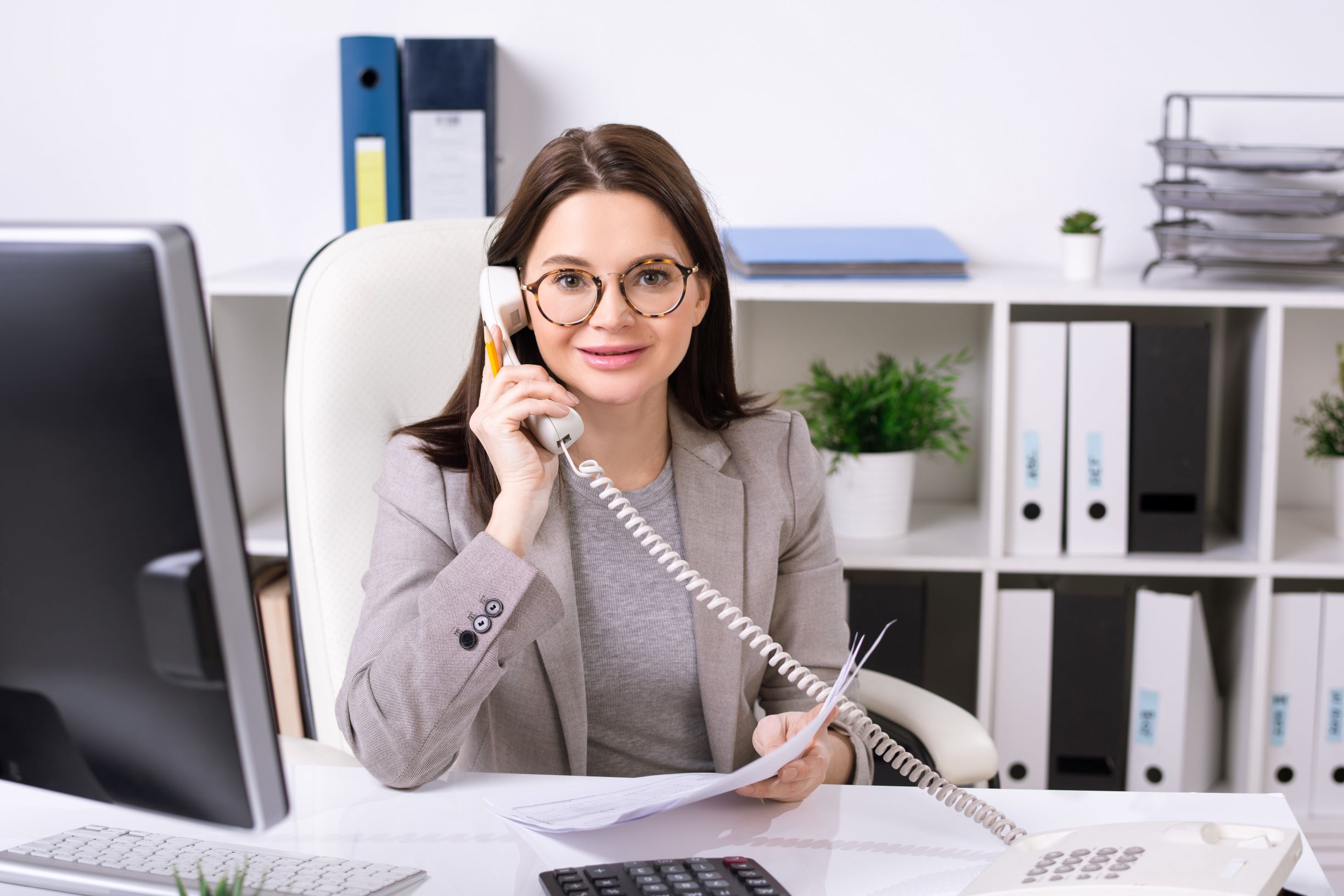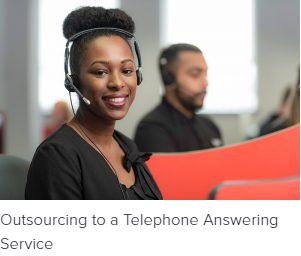All Categories
Featured
Table of Contents
- – Which Is Best Telephone Answering Service - Vir...
- – What Is The Best How Does An Answering Service...
- – What Is The Best 12 Best Telephone Answering S...
- – What Is The Best What To Look For In A Phone ...
- – Who Is The Best Phone Answering Services - Ru...
- – What Is The Best 12 Best Telephone Answering...
Which Is Best Telephone Answering Service - Virtual Receptionist - Apso Brand
This device and its followers were created by Sava Jacobson, an electrical engineer with a personal consulting organization. While early answering devices used magnetic tape technology, many contemporary devices utilizes solid state memory storage; some devices use a combination of both, with a solid-state circuit for the outgoing message and a cassette for the inbound messages.
"toll conserving" below) (phone call answering). This is helpful if the owner is screening calls and does not wish to speak with all callers. In any case after going, the calling party must be informed about the call having actually been addressed (most of the times this starts the charging), either by some remark of the operator, or by some greeting message of the little, or resolved to non-human callers (e.
This holds especially for the Little bits with digitally saved greeting messages or for earlier machines (prior to the increase of microcassettes) with a special unlimited loop tape, separate from a second cassette, dedicated to recording. There have been answer-only gadgets with no recording abilities, where the greeting message had to inform callers of a state of existing unattainability, or e (professional phone answering service).
What Is The Best How Does An Answering Service Work? For Your Money

about availability hours. In taping Little bits the greeting usually contains an invite to leave a message "after the beep". An answering machine that uses a microcassette to tape messages On a dual-cassette answerphone, there is an outgoing cassette, which after the defined number of rings plays a pre-recorded message to the caller.

Single-cassette voice mail consist of the outgoing message at the beginning of the tape and incoming messages on the staying space. They initially play the statement, then fast-forward to the next available area for recording, then tape-record the caller's message. If there are lots of previous messages, fast-forwarding through them can cause a considerable delay.
This beep is typically referred to in the welcoming message, asking for that the caller leave a message "after the beep". TADs with digital storage for the tape-recorded messages do disappoint this delay, naturally. A TAD might offer a remote control center, where the answerphone owner can call the home number and, by getting in a code on the remote telephone's keypad, can listen to taped messages, or erase them, even when away from house.
What Is The Best 12 Best Telephone Answering Service For Businesses In ... Program?

Thereby the machine increases the number of rings after which it responds to the call (generally by 2, leading to four rings), if no unread messages are currently kept, however responses after the set variety of rings (generally two) if there are unread messages. This enables the owner to discover whether there are messages waiting; if there are none, the owner can hang up the phone on the, e.
Some machines also allow themselves to be remotely triggered, if they have actually been turned off, by calling and letting the phone ring a certain large number of times (typically 10-15). Some company desert calls already after a smaller variety of rings, making remote activation impossible. In the early days of Little bits an unique transmitter for DTMF tones (dual-tone multi-frequency signalling) was regionally required for remote control, considering that the previously utilized pulse dialling is not apt to communicate proper signalling along an active connection, and the dual-tone multi-frequency signalling was carried out step-by-step.
Any incoming call is not recognizable with regard to these homes in advance of going "off hook" by the terminal equipment. So after going off hook the calls need to be changed to proper devices and only the voice-type is right away accessible to a human, but perhaps, nonetheless must be routed to a LITTLE BIT (e.
What Is The Best What To Look For In A Phone Answering Service For Your ... 2023
What if I told you that you do not need to actually get your gadget when responding to a client call? Somebody else will. So hassle-free, best? Answering phone calls does not require somebody to be on the other end of the line. Efficient automated phone systems can do the trick just as effectively as a live agent and often even much better.
An automatic answering service or interactive voice response system is a phone system that communicates with callers without a live person on the line - business call answering service. When companies use this innovation, customers can get the response to a question about your service simply by utilizing interactions established on a pre-programmed call flow.
Although live operators upgrade the customer support experience, lots of calls do not need human interaction. A simple recorded message or guidelines on how a consumer can recover a piece of details usually solves a caller's immediate need - answer phone service. Automated answering services are a basic and reliable method to direct incoming calls to the right individual.
Who Is The Best Phone Answering Services - Ruby Receptionist Services Company?
Notice that when you call a company, either for assistance or item inquiry, the first thing you will hear is a pre-recorded voice welcoming and a series of choices like press 1 for customer service, press 2 for inquiries, and so on. The pre-recorded alternatives branch out to other choices depending on the customer's choice.
The phone tree system assists direct callers to the ideal person or department utilizing the keypad on a smart phone. In some instances, callers can utilize their voices. It deserves keeping in mind that auto-attendant choices aren't limited to the 10 numbers on a phone's keypad. When the caller has selected their very first alternative, you can develop a multi-level auto-attendant that uses sub-menus to direct the caller to the best type of help.
The caller does not need to interact with a person if the auto-attendant phone system can manage their issue. The automatic service can path callers to a staff member if they reach a "dead end" and need assistance from a live representative. It is expensive to employ an operator or executive assistant.
What Is The Best 12 Best Telephone Answering Service For Businesses In ... In The World Right Now
Automated answering services, on the other hand, are considerably less costly and supply substantial cost savings at approximately $200-$420/month. Even if you don't have actually dedicated staff to deal with call routing and management, an automatic answering service improves efficiency by allowing your group to focus on their strengths so they can more effectively invest their time on the phone.
A sales lead routed to customer service is a lost shot. If a consumer who has item concerns reaches the incorrect department or receives incomplete answers from well-meaning staff members who are less trained to deal with a specific type of concern, it can be a reason for frustration and frustration. An automated answering system can lessen the number of misrouted calls, consequently helping your workers make better usage of their phone time while maximizing time in their calendar for other tasks.
With Automated Answering Systems, you can produce a tailored experience for both your personnel and your callers. Make a recording of your primary greeting, and simply update it frequently to show what is going on in your organization. You can develop as lots of departments or menu choices as you desire.
Table of Contents
- – Which Is Best Telephone Answering Service - Vir...
- – What Is The Best How Does An Answering Service...
- – What Is The Best 12 Best Telephone Answering S...
- – What Is The Best What To Look For In A Phone ...
- – Who Is The Best Phone Answering Services - Ru...
- – What Is The Best 12 Best Telephone Answering...
Latest Posts
Proven Auto-attendant Answering Service Near Me
Auto-attendant Answering Service Near Me ( Perth)
Outstanding Live Answering Service Near Me
More
Latest Posts
Proven Auto-attendant Answering Service Near Me
Auto-attendant Answering Service Near Me ( Perth)
Outstanding Live Answering Service Near Me